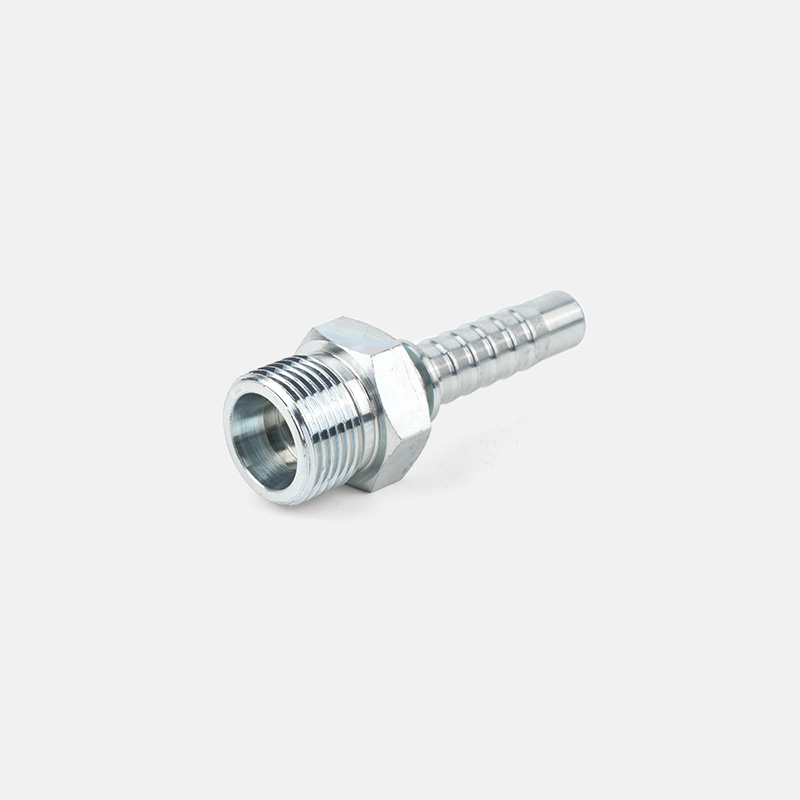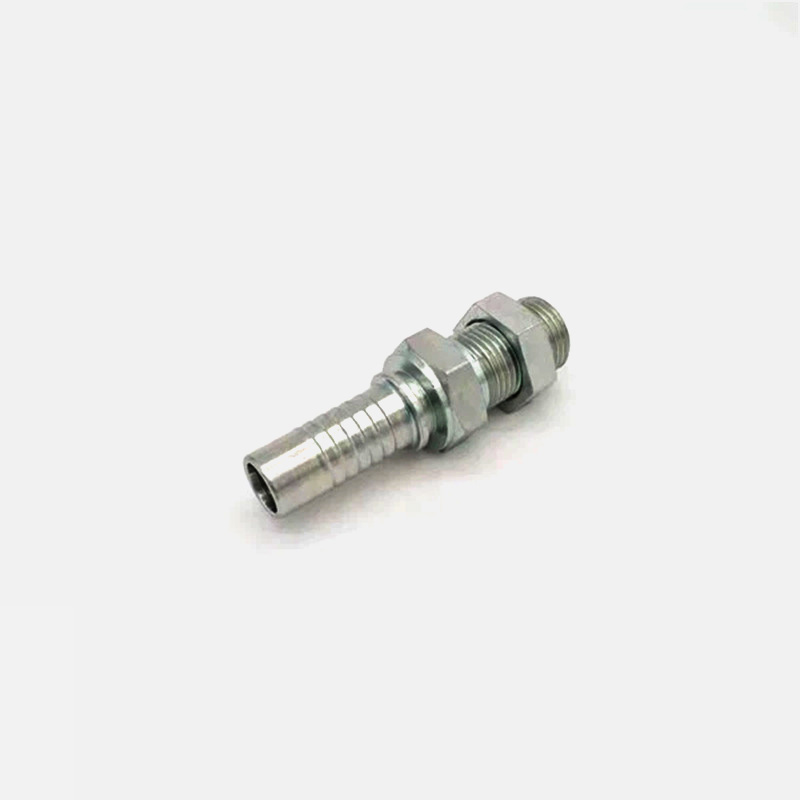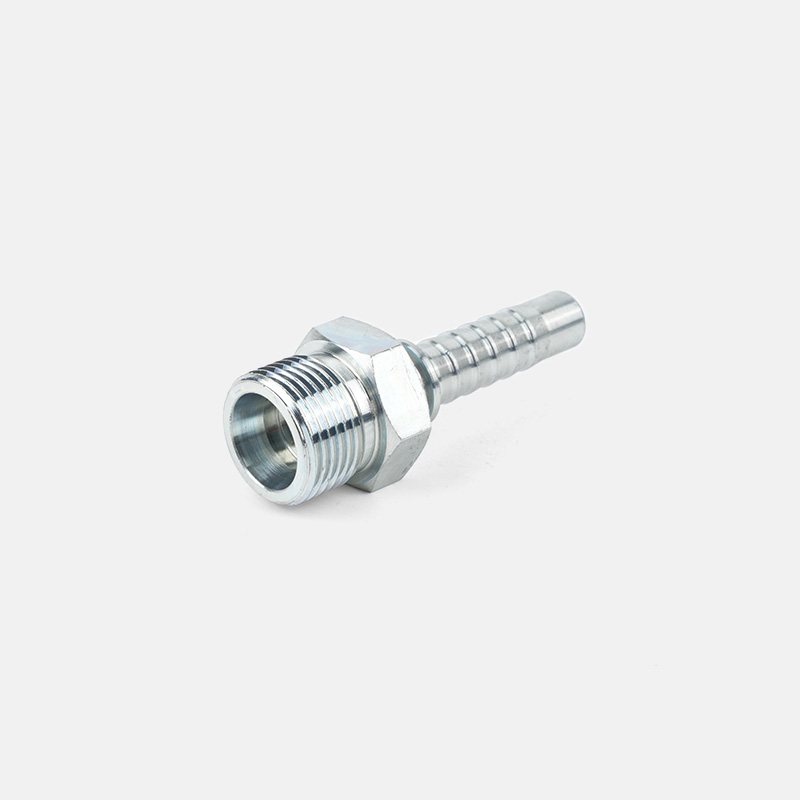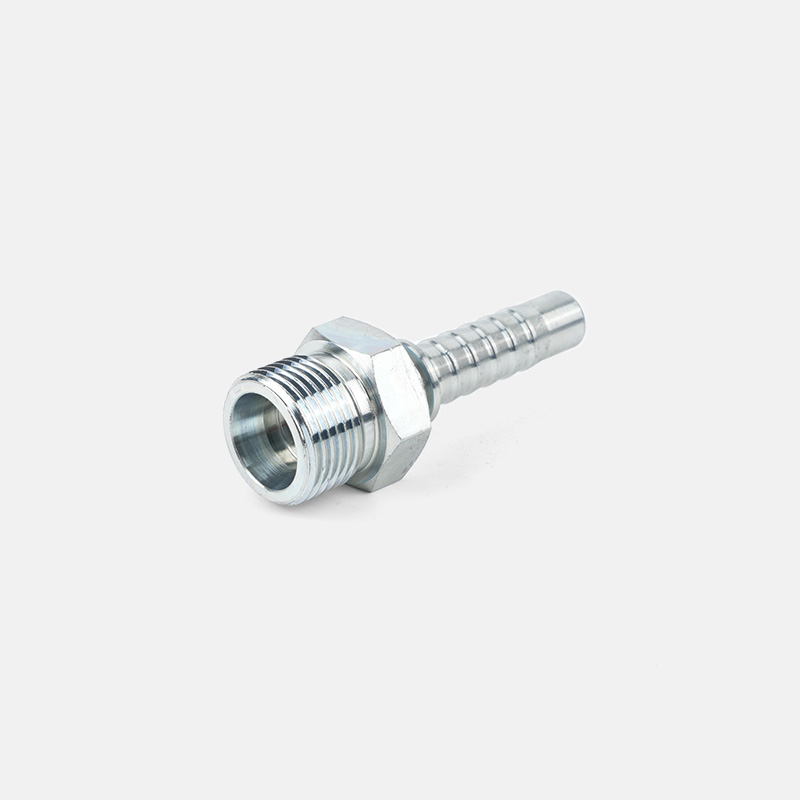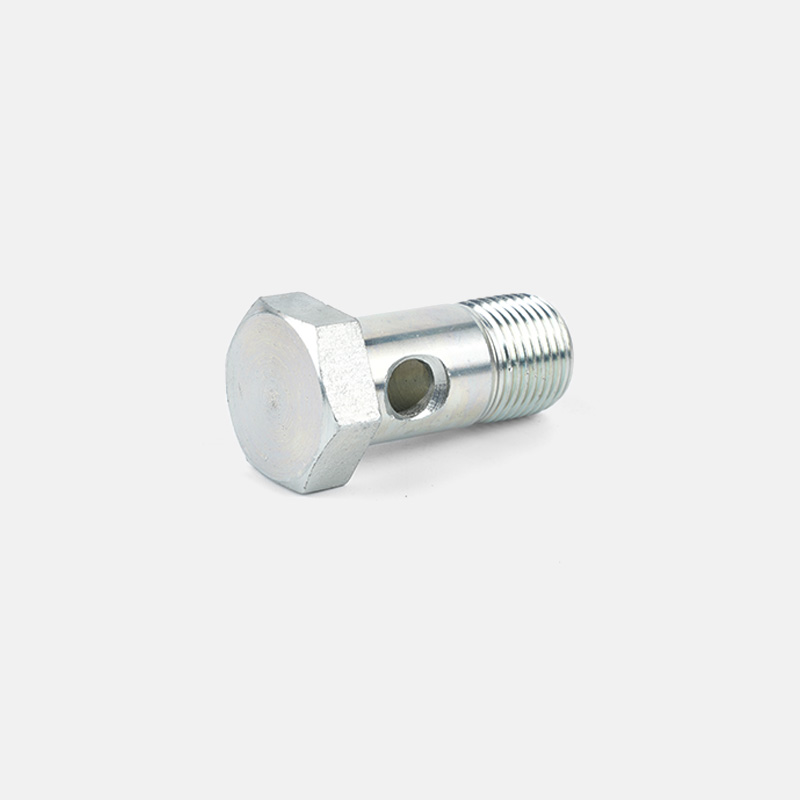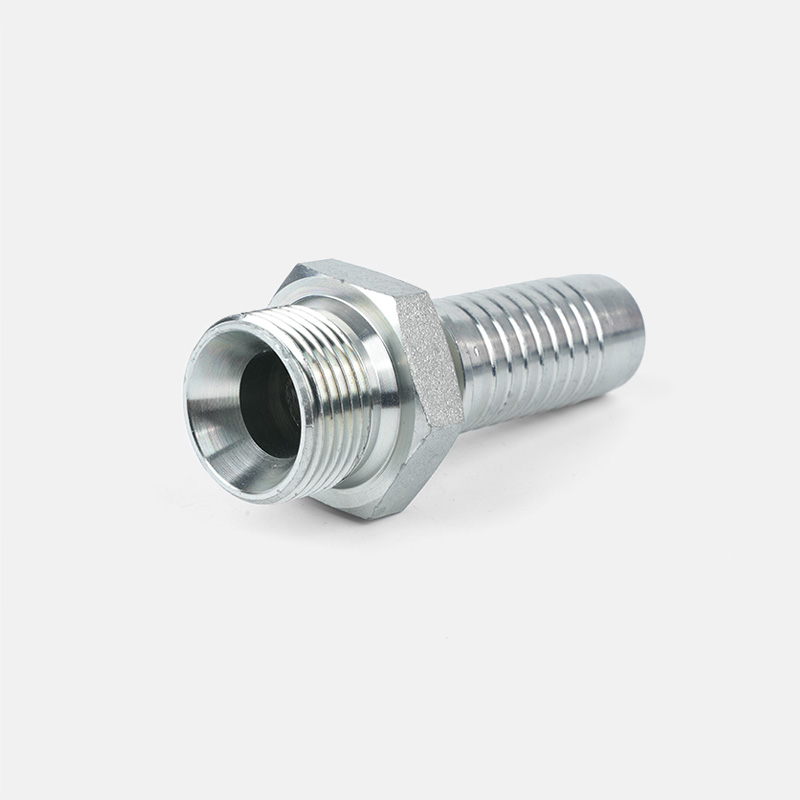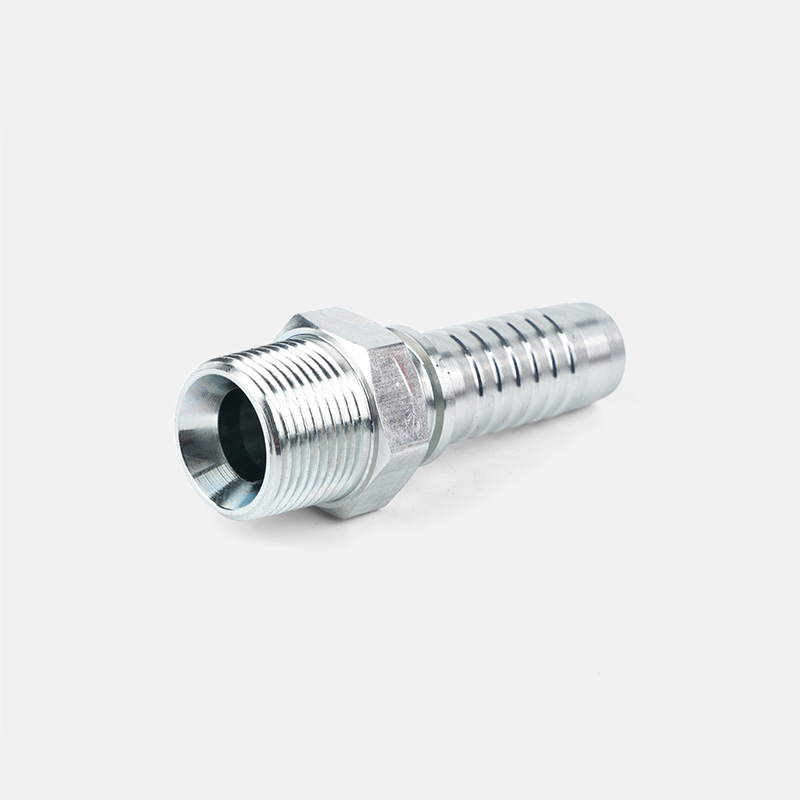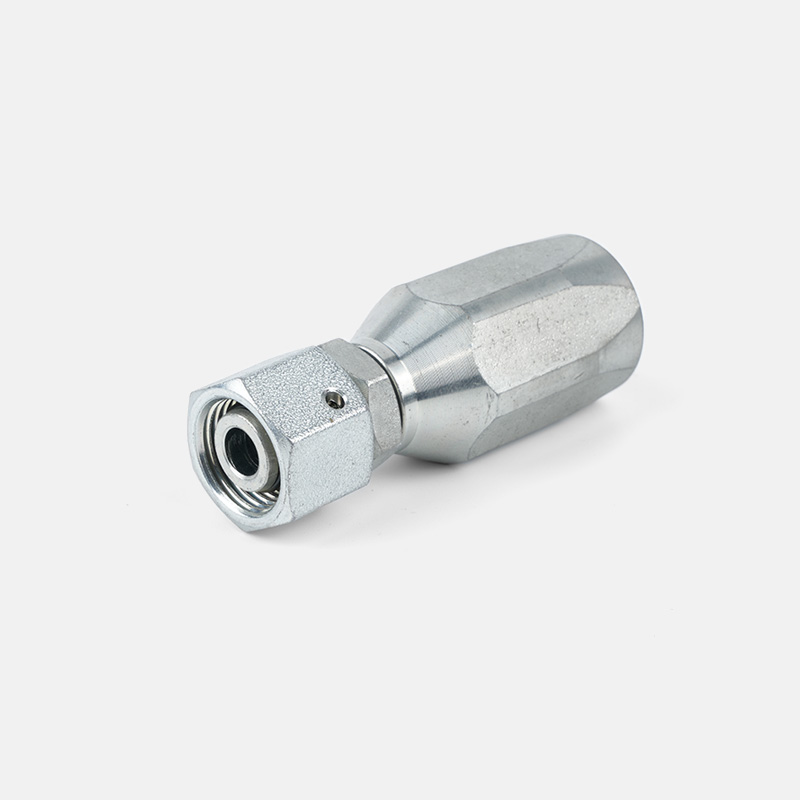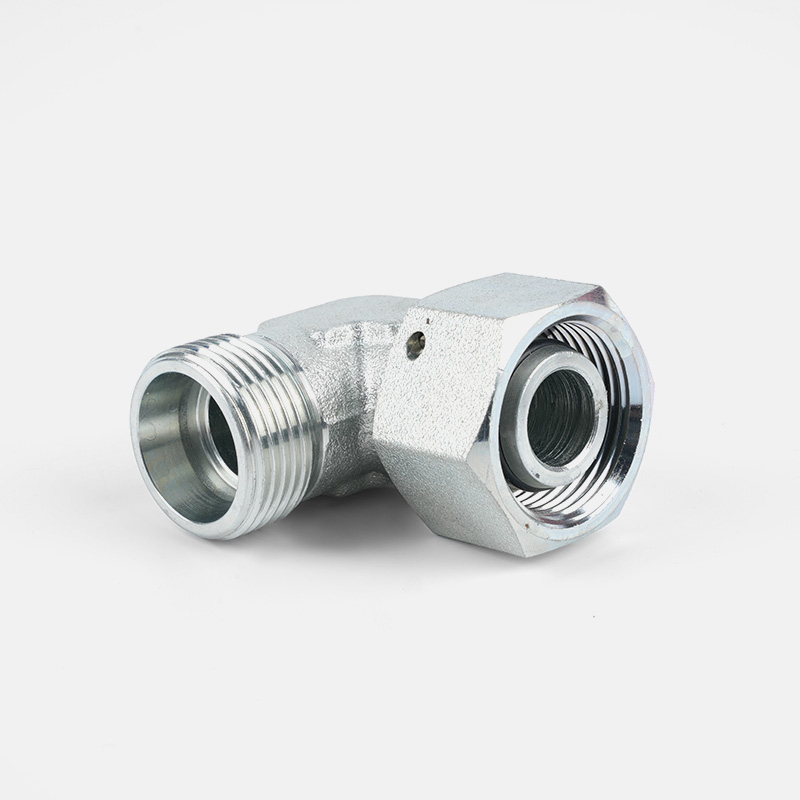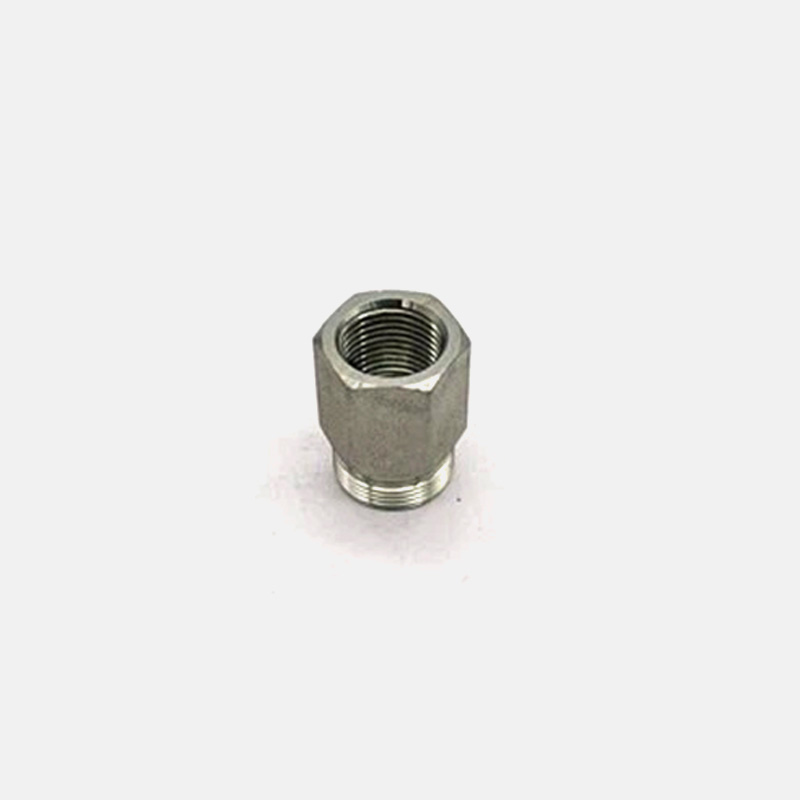Language
ENGHydraulic Pipe Clamps vs. Manual Pipe Clamps: Which is Right for Your Industrial Project?
 2025.10.06
2025.10.06
 industy news
industy news
Introduction
In industrial pipeline installation, maintenance, and construction, pipe clamps are indispensable tools. They not only secure pipelines and ensure installation accuracy but also provide safety in high-pressure environments. However, with so many types of clamps available on the market, especially hydraulic pipe clamps and manual pipe clamps, many engineers and project managers struggle to make the right choice. So, which clamp is better suited for your project?

Introduction to Hydraulic Pipe Clamps
How They Work
Hydraulic pipe clamps use a hydraulic system to apply pressure and secure pipes. They typically consist of a hydraulic pump, the clamp body, and a control system. During operation, the hydraulic pump transmits pressure to the clamp, causing it to close and firmly hold the pipe in place. Hydraulic clamps provide uniform and stable clamping force, making them ideal for large-diameter and high-pressure pipelines.
Advantages of Hydraulic Pipe Clamps
- High Efficiency: Hydraulic clamps can secure pipes quickly, greatly improving construction efficiency, especially for projects requiring continuous pipe installation.
- Durable and Strong: The hydraulic system provides consistent and powerful pressure, ensuring a stable hold, which is essential for high-pressure or heavy-duty pipelines.
- Labor-Saving Operation: Compared to manual clamps, hydraulic clamps require minimal physical effort, reducing worker fatigue.
Disadvantages of Hydraulic Pipe Clamps
- High Cost: Hydraulic clamps are expensive, and maintenance costs are relatively high.
- Requires Skilled Operators: Proper training and operational standards are needed to prevent safety hazards.
Introduction to Manual Pipe Clamps
How They Work
Manual pipe clamps rely on mechanical force to secure pipes. Workers tighten the clamp using a wrench or knob, fixing the pipe in place. Manual clamps are simple to operate and do not require an external power source, making them suitable for small-scale projects or temporary applications.
Advantages of Manual Pipe Clamps
- Low Cost: The equipment is inexpensive and requires minimal maintenance, making it ideal for projects with tight budgets.
- Easy to Use: Manual clamps require little to no training, so construction workers can use them immediately.
Disadvantages of Manual Pipe Clamps
- High Labor Intensity: Especially for large-diameter pipes or long-duration projects, manual operation requires significant physical effort.
- Lower Efficiency: Compared to hydraulic clamps, manual clamps are slower to secure pipes, which can delay construction.
- Not Suitable for High-Pressure Pipelines: The clamping force is limited and may not meet the demands of high-pressure systems.
Hydraulic Pipe Clamps vs Manual Pipe Clamps: Comparison
To provide a clearer understanding of the differences, here is a comparison table:
| Feature | Hydraulic Pipe Clamp | Manual Pipe Clamp |
|---|---|---|
| Suitable Pipe Diameter | Large-diameter, high-pressure pipes | Small-diameter, low-pressure pipes |
| Operational Efficiency | High | Medium-Low |
| Cost | High | Low |
| Labor Requirement | Low | High |
| Safety | High, uniform clamping | Medium, may be uneven |
From the table, it is clear that hydraulic clamps excel in efficiency, stability, and safety, while manual clamps have the advantage of lower cost and ease of operation.
Selection Recommendations
Choose Based on Project Scale
- Large industrial projects or high-pressure pipelines: Hydraulic clamps are preferred for their ability to ensure construction quality and safety.
- Small-scale, low-pressure, or temporary projects: Manual clamps are more economical and sufficient for basic securing needs.
Consider Budget and Labor
- Hydraulic clamps may have high upfront costs but save labor and construction time, offering better long-term value.
- Manual clamps are inexpensive initially, but large projects may result in increased labor costs.
Safety and Construction Efficiency
- Hydraulic clamps provide uniform pressure, reducing the risk of pipe movement during construction and improving safety.
- Improperly applied manual clamps can result in uneven clamping, affecting construction quality.


